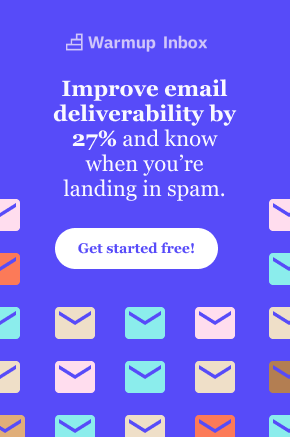Whitelist
(Note: Some have started using "allowlist" or "safelist" in place of "whitelist" because of negative connotations associated with the term. The three words mean the same thing and can be used interchangeably.)
What Is An Email Whitelist?
Essentially the opposite of a blocklist, whitelist is a user’s list of approved senders. Instead of filtering messages by senders who aren’t allowed, a safelist shows an ISP that the recipient trusts any emails coming from a particular sender. The idea of whitelisting is to ensure that the messages a consumer wants to see are sent directly to their inbox instead of accidentally to a spam folder.
Whitelisting is beneficial to both senders and recipients because it prevents any delivery problems and ensures that businesses maintain a high deliverability rate.
Depending on the recipient’s software, the sender doesn’t necessarily have to be on the safelist to get to the recipient’s inbox. However, having an IP address listed as an approved sender guarantees that the message will end up where it’s supposed to go.
How Do You Whitelist?
Whitelisting email addresses varies based on the email provider. Generally, the task either consists of confirming that the user trusts the sender or adding the sender’s email address to the user’s contact list.
Here are the buttons to look for based on email providers:
- Apple Mail: “Add to Contacts” or “Add to VIPs”
- Outlook: “Add Sender to Safe Sender List” or “I trust [sender]. Always show content.”
- Yahoo: “Add to Contacts”
- Google: Move the message to “Primary” and confirm that all future messages from that sender should go to the primary inbox
- Android: “Add to Contacts”
- Windows Live: “Add to Safe Sender’s List”
- AOL: “Add Contact”
What Are the Benefits of Email Whitelisting?
Encouraging your recipients to add you to their whitelist has multiple benefits. For starters, this improves your deliverability rates. On the consumer’s side, they’ll always see the messages they want to see because your messages are going straight to their inbox.
Overall, you’ll experience growth in your marketing and email campaigns because more eyes on your emails mean that you’ll convert more leads and encourage previous customers to make another purchase. When you don’t have to worry about whether or not your message will get to the recipient’s inbox, you can focus on producing better and more engaging content.
Newsletter
Join the newsletter to receive the latest updates in your inbox.



